
George Pullman 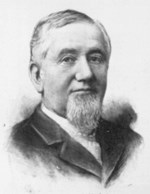
Library of Congress Pullman sought opportunity in the growing city of Chicago. Built on a bog, the city of Chicago was unable to construct a sewage system without first raising the level of the streets. Using his knowledge of relocating buildings to new foundations, Pullman devised a way to raise Chicago's buildings to the new grade level, thus making his early fortune. Pullman rode the railroads from New York to Illinois. These cross-country trains were considered cramped and uncomfortable, and it was this experience that led Pullman to turn his attention to the railroads. He saw the need for a rail car that would provide comfortable and elegant accommodations for overnight travelers and began designing his first sleeping car. 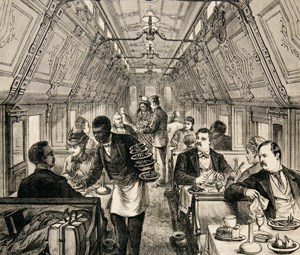
Newberry Library Company Town "[C]apital will not invest in sentiment, nor for sentimental considerations for the laboring class. But let it once be proved that enterprises of this kind are safe and profitable and we shall see great manufacturing companies develop similar enterprises, and thus a new era will be introduced in the history of labor." George Pullman, to the Hour Week Journal of New York, August 5, 1882 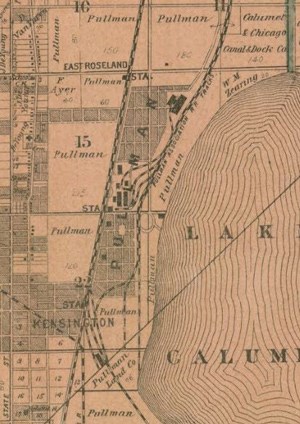
Library of Congress Housing for workers was separated from the industrial areas and took shape primarily as row houses with streets in front and alleys in the rear for the daily trash collection. Indoor plumbing and relative spaciousness put Pullman's accommodations well above the standards of the day. 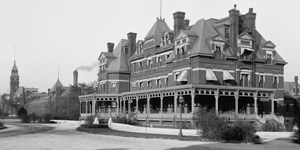
Library of Congress Ground breaking occurred in spring of 1880, and work proceeded at a furious pace, with over 100 railroad cars of supplies per week unloaded at Pullman over the summer. By fall, factory buildings were taking shape and work began on the first non-industrial building in town: The Hotel Florence. The first factory shops completed were those that would refine the building materials as they came in. A brickyard was built south of the site to supply materials needed for the "first all-brick city." 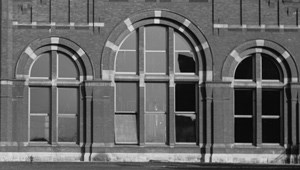
Library of Congress 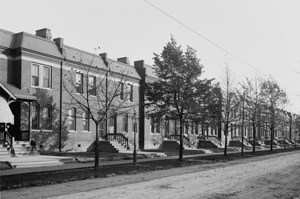
Library of Congress Though he provided a beautiful, sanitary, and orderly town for his workers and their families, George Pullman did not provide these accommodations freely. Believing a person does not value those things for which they do not pay, Pullman charged a rent to his buildings that would ensure a six percent return on the company's investment in building the town. The Community "There are variety and freedom on the outside. There are monotony and surveillance on the inside. None of the "superior," or "scientific" advantages of the model city will compensate for the restrictions on the freedom of the workmen, the denial of opportunities of ownership, the heedless and vexatious parade of authority, and the sense of injustice arising from the well founded belief that the charges of the company for rent, heat, gas, water, etc. are excessive –if not extortionate…Pullman may appear all glitter and glow, all gladness and glory to the casual visitor, but there is the deep, dark background of discontent which it would be idle to deny." The Chicago Tribune, September 21, 1888 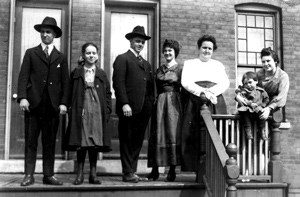
Illinois Historic Preservation Agency 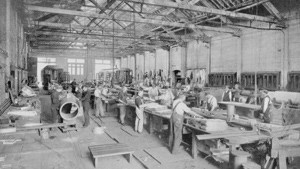
Library of Congress Not all workers at the Pullman factories lived in Pullman. Out of necessity or choice, many moved out to the surrounding neighborhoods that developed. These neighborhoods provided places for single-denomination houses of worship, saloons, and property ownership that were not possible in Pullman. A Showplace 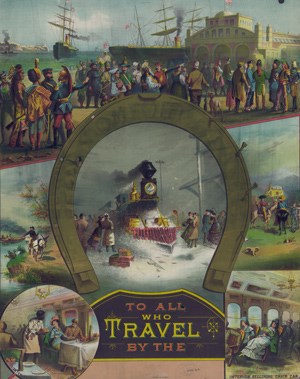
Library of Congress Beyond the profit on the company's investment and the effect of the surroundings on the workers, George Pullman had an eponymous showplace to exhibit the living proof of his philosophy. The town attracted visitors, and during the 1893 World's Columbian Exposition in Chicago, visitors from near and far came to marvel at the town. Pullman did, however, have its detractors; labor leaders were mistrustful of the decidedly capitalist scheme, while other capitalists saw it as inviting trouble and doubted it could possibly be as profitable as George Pullman intended. It wasn't. Returns on the town never reached the six percent threshold promised to its investors. When one of the partners in Procter & Gamble approached George Pullman for advice on building a model town for a Cincinnati soap factory, he advised against the idea. 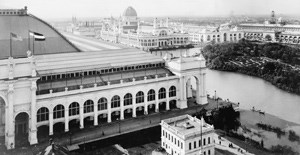
Library of Congress As Chicago was on display in 1893 for the World's Columbian Exposition, the grip of financial panic was closing around the country in general and the railroad industry in particular. Despite the stimulus provided by travelers from around the nation flocking to the fair itself, railroads had become mismanaged and overbuilt. Pullman exhibits in the Transportation Building at the World's Columbian Exposition helped spur fairgoers to visit the Pullman neighborhood, and most found cause to praise George Pullman's grand experiment. 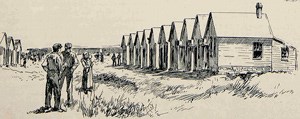
Newberry Library The World's Fair visitors did not see the annoyance of Pullman workers and residents at company paternalism and red tape that festered under the surface. As 1893 wore on, orders at the factory declined, and decreases in wages came without corresponding decreases in rents. Since rents were deducted from paychecks, workers were left with what amounted to starvation wages. Meanwhile, the corporate dividends were undisturbed. Discontent and grievance could remain silent no longer. |
Last updated: January 10, 2025
